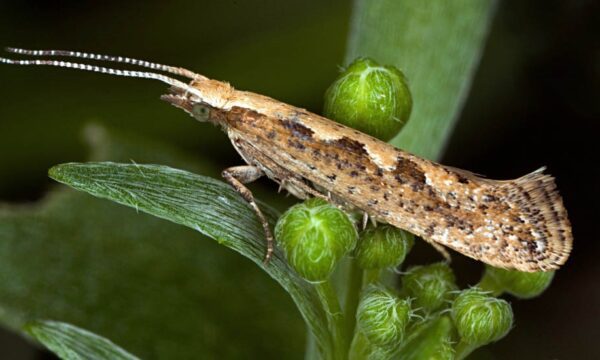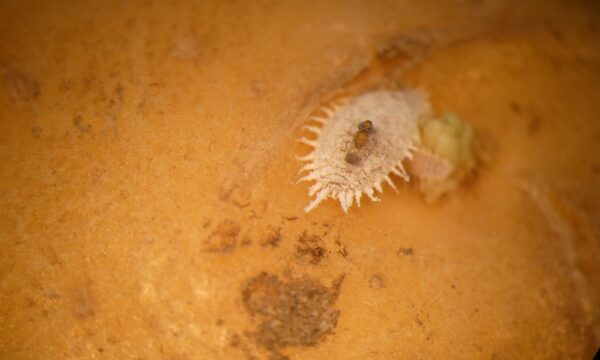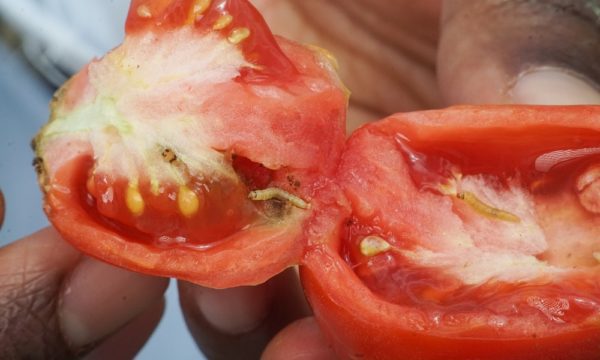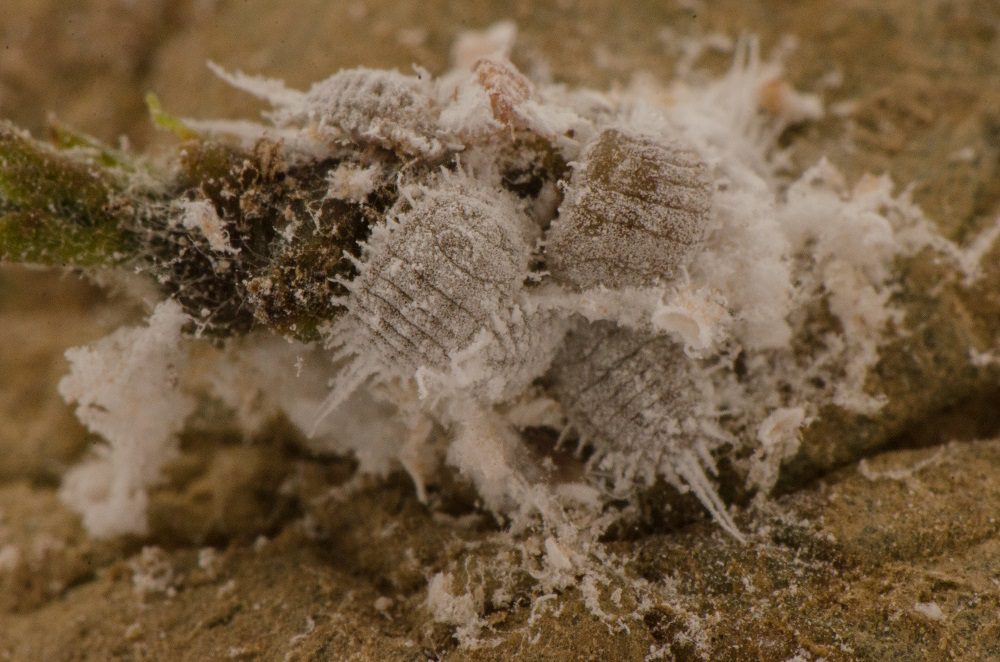 CABI scientists are on a new mission to find a biological ‘weapon’ in the fight against the Comstock mealybug (Pseudococcus comstocki) which is threatening to cause significant economic damage to Switzerland’s apricot, pear and apple crops.
CABI scientists are on a new mission to find a biological ‘weapon’ in the fight against the Comstock mealybug (Pseudococcus comstocki) which is threatening to cause significant economic damage to Switzerland’s apricot, pear and apple crops.
Dr Lukas Seehausen and Dr Tim Haye, who are both based at CABI’s centre in Delémont, Switzerland, are set to investigate a range of natural enemies for the Comstock mealybug including the larvae of a silver fly which feeds on the pest’s eggs.
Thanks to funding from the Swiss Federal Office for Agriculture (FOAG) the scientists are set to study the biology and population dynamics of the Comstock mealybug and its natural enemies in fruit orchards in the Canton of Valais.
It is hoped that, in partnership with local fruit producers, Agroscope, Andermatt Biological Control and the Arboriculture Office of the Canton Valais, Dr Seehausen and Dr Haye can develop a biological control programme which also includes experiments to sanitize field equipment to avoid spreading the mealybug pest further.
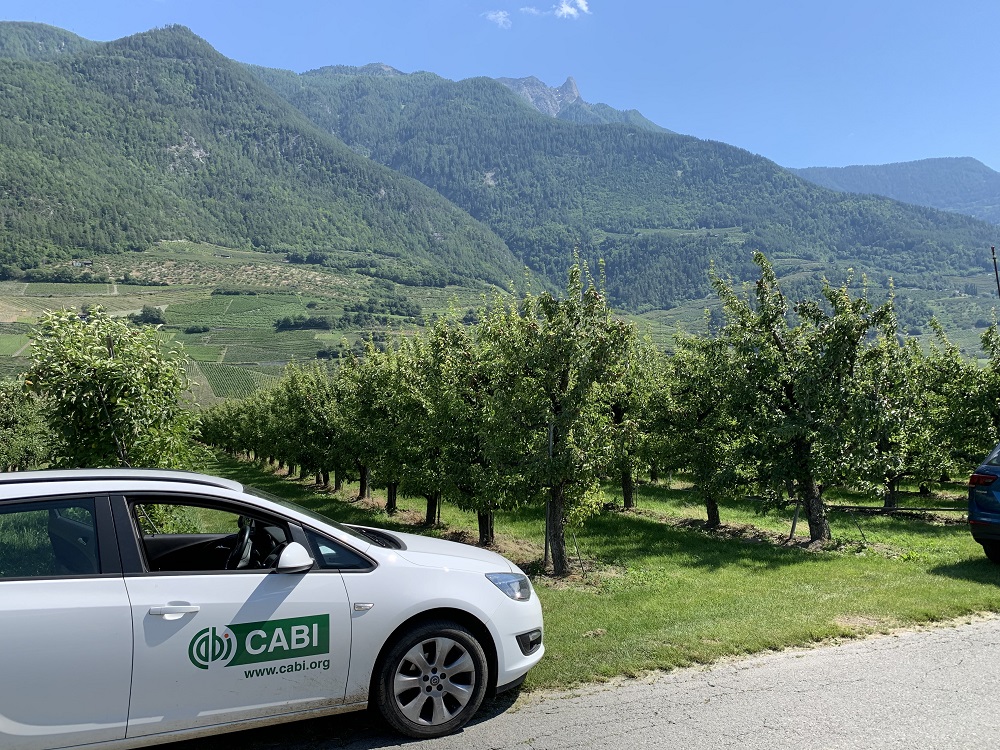
The comstock mealybug has been busy damaging apricot, pear and apple production in orchards such as this one in the Canton of Valais, Switzerland (Credit: Lukas Seehausen/CABI).
Dr Seehausen said, “Originating from Asia, the Comstock mealybug has been detected in fruit crops in the Swiss Canton of Valais since 2016. In 2017, and especially in 2018 and 2019, the mealybug caused locally significant economic damage to the apricot, pear, and apple production.
“Chemical control has produced mixed, and often insufficient results. Therefore, this project aims to develop a sustainable and environmentally friendly, biological control method against the Comstock mealybug.”
Dr Haye said the Comstock mealybug’s impact is mainly indirect, due to an abundant secretion of honeydew, which promotes the development of sooty mold that depreciates the fruits and weakens the tree.
“Once predators or parasitoids are identified that are suitable for the use in a biological control programme, rearing techniques will be developed and efficiency tests will be conducted for a possible augmentative biological control programme.”
Additional information
Main image: The Comstock mealybug (credit: Tim Haye/CABI). Find out more about CABI’s work on the Comstock mealybug from the project page.
Related News & Blogs


